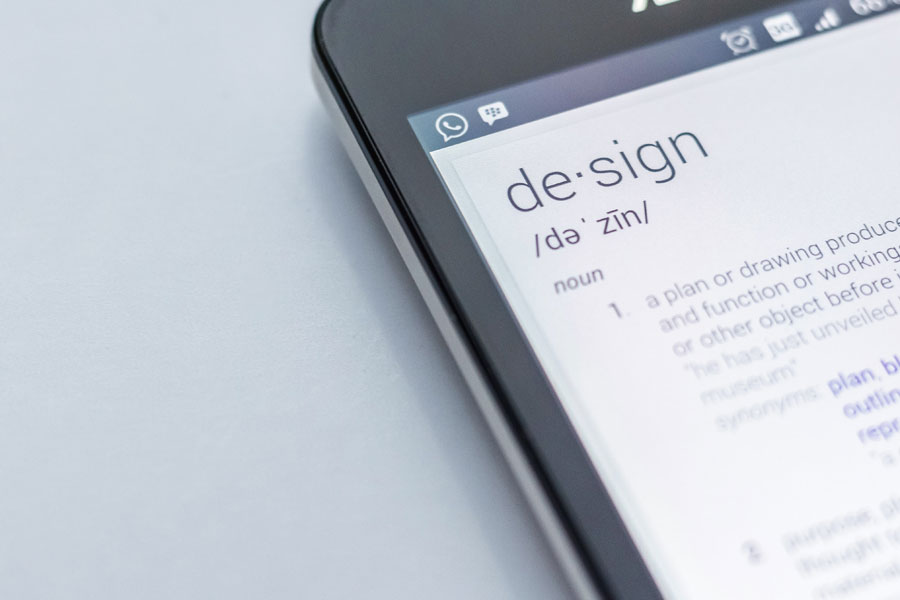Are you considering the needs of differently-abled visitors?
In the modern world, we’re all placing a welcome emphasis on inclusivity and accessibility for all. This approach needs to extend to the online realm, too. When creating a user experience for your corner of the internet, are you considering the needs of differently-abled visitors?
Take a look at your website. Is it negotiable for the 2 billion people worldwide with impaired vision? Can somebody with limited motor skills, such as cerebral palsy, negotiate your options? With one in six people in the UK alone experiencing hearing loss, will they be able to take full advantage of your offering?
Taking these considerations under advisement is at the heart of improving website accessibility. The internet should be for everybody. Failing to meet this expectation leaves your business at risk of leaving potential conversions on the table. Let’s review half a dozen ways that you can bolster accessibility to your website.
Structure your content clearly and logically
The first step to increasing accessibility on a website is clear and unmistakable headings and page navigation. While unconventional design can help your website stand out from competitors, it can also be challenging for some users to comprehend.
Imagine that a visually impaired consumer is using a screen reader to digest a blog on your site. The use of such aids is more commonplace than you may realise. This screen reader will be at the mercy of the layout of your content to create a narrative.
A conventional markup approach – with the title assigned an H1 heading and any sub-headings set to H2 or H3 – will help the screen reader decipher your content in the intended order. If you try to experiment with a unique structure on the grounds of aesthetic splendour, you may be rendering your site unreadable to many.
Ensure users can access all pages through the keyboard
Not everybody uses a mouse or a laptop trackpad to navigate the web. Users that struggle with hand-eye coordination or muscular issues – or even those experiencing technology issues – will rely purely upon a keyboard.
Consider this when designing UX for your website. A hyperlink that will only become available when hovered over with a mouse, for example, is impossible to reach with a keyboard.
On a long page packed with content, be sure to include skipping options. If somebody cannot simply scroll through a page to find material relevant to their interests, you risk losing them. Provide plenty of anchors that ensure segments of your site can be reached through judicial use of the tab, arrow and enter keys.
Above all, keep your design symmetrical – and static – so keyboard users can reach the tabs they need. Animations that play across the screen, moving navigation options with them, may look fun, but they’re a disaster for keyboard-only users. It will become an unwelcome test of patience and dexterity to click a button at precisely the right moment.
Make use of alt text and link descriptions
Images are a great way to break up text on a website, making the content feel more digestible. Naturally, though, images are of limited use to the visually impaired. Therefore, websites invite you to include alt text on any image or infographic.
If you’re simply sharing information, alternative text can be distracting. For example, if you have a blog post about finance, describing an image as “middle-aged Caucasian man counting money” will not add much to the experience for somebody using a screen reader. It may boost your SEO performance, but that’s another conversation for another time.
In the case of infographics, though, description is essential. Be sure to include a summary, such as, “57% of correspondents preferred the colour red, while the remaining 43% chose blue.” If you reference the findings of an infographic without helping explain what the initial image contained, somebody using a screen reader will be left confused.
You should also consider alt text when hyperlinking. Simply typing click here for more information is tidy and compact, but it does not help all users. Either add a description or word your copy differently, such as click here for full product details and pricing options.
Minimise unwelcome surprises
Popups and advertising are a fact of life on the internet. Many websites rely on these as revenue streams, while others use such techniques to promote their own offering further. Be mindful of how you approach these techniques, though.
Take auto-playing videos as an example. These will assault the ears of the partially sighted with sudden noise. As well as startling the user, this will interfere with any content being read aloud by a screen reader. Equally, users with limited mobility may struggle to close a video or banner that obstructs their view.
If you must include videos, musical stings, popups, or banners on your site, make them as unintrusive as possible and easy to dismiss for any user. Failure to do so may lead to the installation of AdBlocker software, potentially impacting the website’s performance.
Consider your use of colour
There is no denying that colour can impact the mood and experience of a visitor to a website. Many web designers incorporate the psychology of colour into the aesthetics of a site. Consider the impact that your choice of palette could have on users, though.
To begin with, bear in mind that you may have colour blind users. Colour blindness does not mean that users see in pure monochrome. Many people considered colour blind have deuteranopia, meaning they struggle to decipher certain red, yellow, and green shades.
On the other side of the coin, however, users that struggle with language find colour-coding helpful. Picture a user with learning disabilities or severe dyslexia, for example. Being instructed to click the purple screen is much simpler than being told to look for the About Us page.
To accommodate those with colour blindness and limited reading cognition, pair these varying shades with shapes such as stars, hashtags and hearts. This way, anybody can navigate a website without difficulty.
Avoid CAPTCHAs
We all encounter a Completely Automated Public Turing test to tell Computers and Humans Apart daily. Perhaps unsurprisingly, we refer to them by the slightly catchier acronym of CAPTCHA. A CAPTCHA can be indispensable to prevent a website from being flooded with fraudulent traffic or spam comments from bots.
Unfortunately, CAPTCHAs are also … well, let’s be honest, they’re a horror show to negotiate. Most of us have failed to pass a CAPTCHA and been left pondering our own humanity. The images presented on a CAPTCHA may confuse the partially sighted or colour blind. Asking a dyslexic user to decipher an oddly arranged selection of letters, meanwhile, seems unfair.
Thankfully, Google has created a third update of reCAPTCHA, which will resolve these concerns. By applying reCAPTCHA v3 to your site, users can gain access by simply clicking a box that confirms their status as living, breathing visitors. If this is too simplistic and you must include a traditional CAPTCHA, consider an audio-based test alongside a visual check.






Leave A Comment